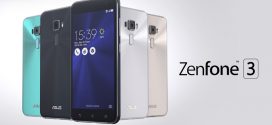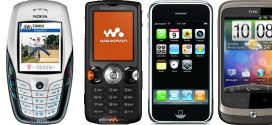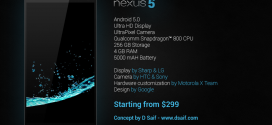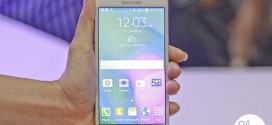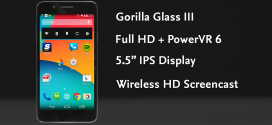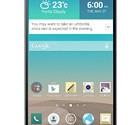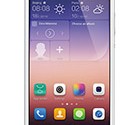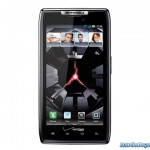
This is the second half of the article I mentioned earlier.
There aren’t many differences between this phone and the normal RAZR, but the few differences are there nonetheless.
The main difference is the pricing of these two Smartphones. While the normal RAZR is valued at about 600 dollars, this one is roughly half its price, at around 250. Now I’m only naming those prices out of speculation. I don’t actually know for sure if they are accurate or not, but this DROID RAZR is slightly better than its counterpart.
- Processor : 1.2 GHz dual-core Cortex-A9 CPU, PowerVR SGX540 GPU, TI OMAP 4430 chipset
- RAM : 1 GB
- Android OS : 2.3.5 Gingerbread
- Camera : 8 MP
- Display : 540 x 960 pixels, 4.3 inches (~256 ppi pixel density)
Another notable difference between this one and the normal RAZR would be the fact that this phone can also use CDMA networks.
This phone was also announced in October 2011 and is expected to be released somewhere around November, the same year. No further information about its release date.
On the display notion, this phone has a Super AMOLED capacitive touchscreen with 16 million colors as well. The screen itself is 4.3 inches big and has a screen resolution of 540 x 960 pixels. The pixel density of the screen is approximately 256 ppi. This means that this phone has probably the best type of screen out there. It also has a Gorilla Glass Display which makes it extra-durable. On this part, the same as its counterpart
On the memory side, this phone has a pretty big internal storage space. We’re looking at 16 GB storage space, that can be upgraded via the microSD card. So it has a maximum of 16 + 32 GB. That’s quite a lot for any mobile device, in my opinion. On the RAM part, this smartphone has 1 GB of RAM. That allows it to multitaks unhindered by anything short of the battery dying out. Same as its counterpart here as well.
GB. That’s quite a lot for any mobile device, in my opinion. On the RAM part, this smartphone has 1 GB of RAM. That allows it to multitaks unhindered by anything short of the battery dying out. Same as its counterpart here as well.
On the camera part, this phone has a really awesome camera. It’s an 8 MP camera that can photograph at resolutions as high as 3264 x 2448 pixels. The many features of the camera include : autofocus, LED flash, touch-focus, geo-tagging, face detection and image stabilization. The video recorder is also awesome, capable of recording at 1080p with a steady 30 fps, and at 480p with 120fps. That is a pretty potent main camera. This phone also has a secondary camera. It’s quite a peculiar secondary camera too, being a 2 MP one that is capable of creating 720p videos. That’s another notable difference between the two.
On the hardware notion, this phone has a 1.2 GHz dual-core Cortex-A9 CPU. If the sheer awesomeness of that processor isn’t enough to satisfy your greedy need for power, the GPU is here to solve the problem. It has a PowerVR SGX540 GPU. Since I managed to stir up your appetite for power, why not throw in this TI OMAP 4430 chipset as a desert? All things considered,  this phone is a regular powerhouse. And a sturdy one too.
this phone is a regular powerhouse. And a sturdy one too.
On the OS part, this phone has Android 2.3.5 installed on it. I’ve overly stressed the importance of upgrading the firmware as long as an upgrade exists enough in my previous articles. If you are interested in reading more about that, you’re invited to read more of the articles present on this site :).
If I were given a choice between these two great phones, I’d probably chose this one. That’s only my opinion though.
You can get this phone from Amazon.


